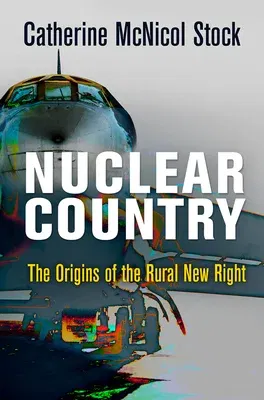Militarization and nuclearization were the historical developments
most essential to the creation of the rural New Right.
Both North Dakota and South Dakota have long been among the most
reliably Republican states in the nation: in the past century, voters
have only chosen two Democrats, Franklin Roosevelt and Lyndon B.
Johnson, and in 2016 both states preferred Donald Trump by over thirty
points. Yet in the decades before World War II, the people of the
Northern Plains were not universally politically conservative. Instead,
many Dakotans, including Republicans, supported experiments in agrarian
democracy that incorporated ideas from populism and progressivism to
socialism and communism and fought against bigness in all its forms,
including bonanza farms, out-of-state railroads, corporations, banks,
corrupt political parties, and distant federal bureaucracies--but also,
surprisingly, the culture of militarism and the expansion of American
military power abroad.
In Nuclear Country, Catherine McNicol Stock explores the question of
why, between 1968 and 1992, most voters in the Dakotas abandoned their
distinctive ideological heritage and came to embrace the conservatism of
the New Right. Stock focuses on how this transformation coincided with
the coming of the military and national security states to the
countryside via the placement of military bases and nuclear missile
silos on the Northern Plains. This militarization influenced regional
political culture by reinforcing or re-contextualizing long-standing
local ideas and practices, particularly when the people of the plains
found that they shared culturally conservative values with the military.
After adopting the first two planks of the New Right--national defense
and conservative social ideas--Dakotans endorsed the third plank of New
Right ideology, fiscal conservativism. Ultimately, Stock contends that
militarization and nuclearization were the historical developments most
essential to the creation of the rural New Right throughout the United
States, and that their impact can best be seen in this often-overlooked
region's history.

